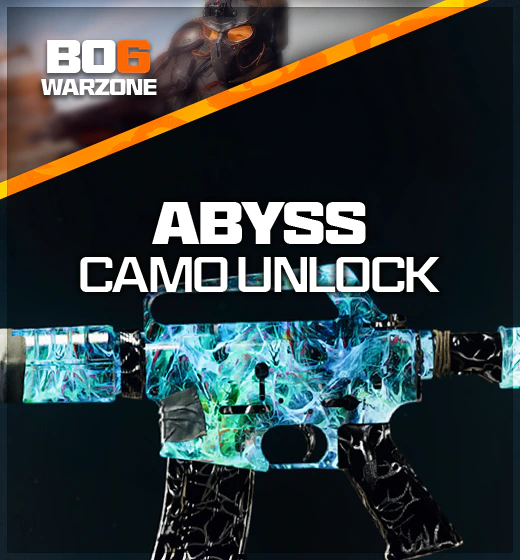
Character skins in video game environments provide more than just basic visual changes to player avatars. The positive impact of skins on how players interact with games produces individual identities that show personal preferences and improve the gaming experience. Through their appearance selections, players choose skins that best capture their style and identity inside the virtual reality. These vibrant and intricate skins change the strategic choices in games as well as the social interactions among players. When players utilize these skins during game sessions, player immersion and personal identity experience significant impact.
The Influence of Skins on Player Engagement and Confidence
Skins users develop more confidence, which drives more active participation during their gaming sessions. Gamers think their virtual look reflects their abilities, so it gives them a competitive edge. Players feel more satisfied and successful when their characters have unique or limited skins. Limited or hard-earned skins are indicators of difference for players who perceive them as such; they change their perspective by increasing their sense of competence and readiness for challenges. Because they participate more in strategic innovation and risk-taking, confident players excel.
Through personal ties with their skins, players grow to be somewhat emotionally attached to their gaming experiences. Unlocking a unique skin shows both player dedication and acquired experience, therefore transcending mere visual style. The strong attachment players establish toward their skins raises their degree of involvement and turns every game match into an exciting journey. For instance, Abyss Skin Unlock BO6 presents an example of a rare skin that players work hard to obtain, with its exclusive design serving as both a personal achievement and a powerful symbol of progress within the game.
Skins as a Tool for Social Interaction and Identity Expression
In multiplayer games, player interaction and communication depend mostly on skins as their component. Although cosmetics have no effect on gameplay mechanics, they let players show their own preferences and allegiances. Players utilize skins as a distinctive form of expression in combat game scenarios, where individual identities typically disappear amidst the chaos. Most players choose skins that both exhibit the particular style they like to convey and reflect the sports teams or figures they support.
The skin a player chooses exposes their gaming knowledge and personal opinions as well as their allegiance to specific teams or groups without words. By selecting skins that let players hide themselves among their surroundings or create an intimidating presence against their opponents, players increase the strategic depth of competitive gaming. The psychology of these effects is obvious: our presentation of ourselves in real life impacts people’s impressions of us, and the same idea works in virtual environments. A basic component of virtual identity, the choice of player skins impacts the perception of other players throughout gameplay.
The Role of Skins in Enhancing Immersion and Game Atmosphere
Skins are mostly important in game immersion since they improve visual attractiveness and atmospheric intensity. Different skin tones in a game enhance its visual attractiveness and build an interactive environment that captivates players more thoroughly. We create skins to enhance both player experience and mythology by complementing game settings and themes. Using sci-fi armor sets in shooters or medieval clothing in fantasy RPGs through game skins helps gamers to become closer to their virtual worlds.
Game skins turn ordinary gameplay into a unique experience that grabs players’ interest. Those that express their tastes by using character skins have a closer connection with the game surroundings. Customizing character appearance helps gamers to take control of their digital avatars, going beyond basic aesthetic improvements. Customizing gameplay characters results in greater game world linkages, so improving the relevance of every in-game event.
The Psychological Effect of Skins on Competitive Play
Player conduct in both individual and team competitive gaming is greatly shaped by the psychological influence of skins. Buying high-level skins drives users to feel more performance pressure since they want to match their gameplay expertise with their amazing graphics. Players who choose unusual or amusing skins show up for games with a laid-back attitude and pay more attention to fun than to winning.
Competitive games let players view the skin of their opponents, which shapes their social interaction. Teammates show respect and admiration for players who show rare skins; therefore, success in the game depends on both ability and social level. The dynamic among players changes whenever team-based games call for good morale and cooperation to be successful. Players that utilize distinctive or unusual skins unintentionally build expectations from colleagues that enhance team performance and success.
Conclusion: Skins as an Integral Part of Gaming Experience and Identity
Different skins have a strong and unquestionable impact on players’ gaming identification. Players’ cosmetic choices affect not just their self-image but also their perspective of others inside the game, which increases or decreases player interest and strategic behavior. Skins provide gamers with a strong means of social engagement and self-expression that helps them to create unique identities in virtual environments. Customizing choices lets players have unique gaming experiences, thereby enhancing their level of immersion. Skin development is essential for both gameplay functionality and player identity progression since players’ constant search for uniqueness drives both.